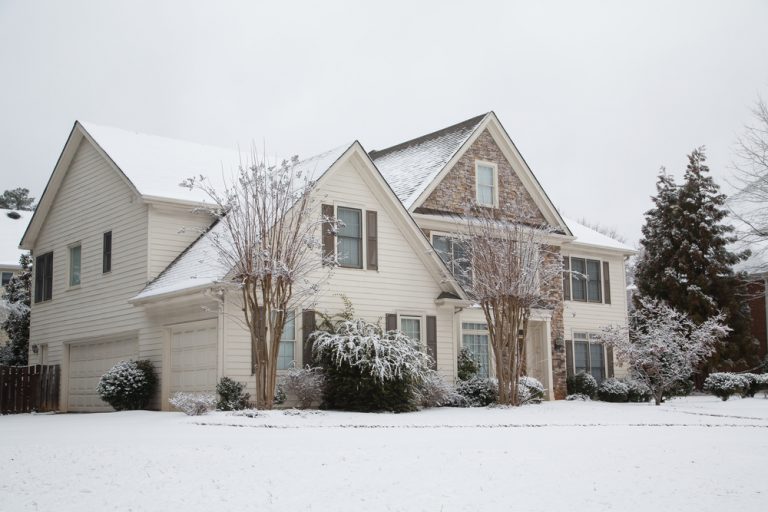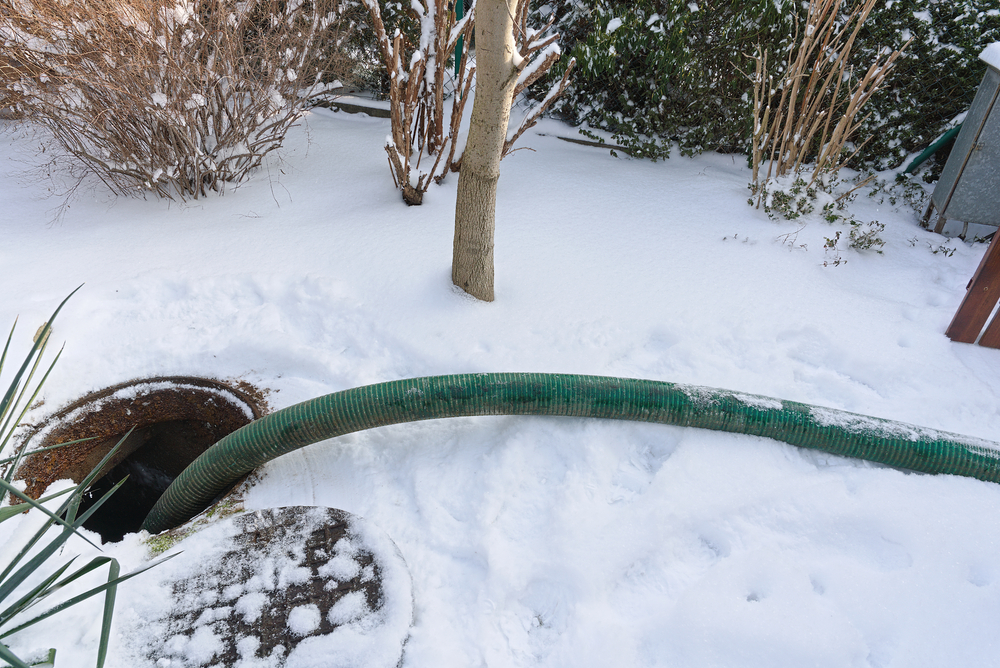The winter is a time to maximize the comfort of our homes so that we can enjoy our interior space until spring arrives. However, it’s important not to ignore the external components of your home, especially your septic system.
Septic systems are not immune to the harsh temperatures of winter. Here’s what you need to know when it comes to septic system repairs and installations in the winter.
Septic System Issues in the Winter
There are a few unfortunate situations that can occur in the wintertime when it comes to your septic system:
- Leaking Pipes: Dripping faucets and leaking pipes can lead to ice build up that can lead to a burst pipe.
- Drainage Problems: If your pipes are not properly draining, wastewater can gather and freeze, leading to damaged pipes.
- Freezing: Ultimately, cold winter weather can cause snow or frost to enter your septic tank and cause damage.
How Are Septic Systems Repaired in the Winter?
When septic systems require repair in the winter, the process is significantly more complicated compared to any other time of the year.
Here is the process professional technicians must follow in order to repair or install a septic system during the winter:
Backhoes and Hot Water
In the winter, frozen ground only goes about a foot or two deep. However, in order to dig down to your septic system, hot water must be used to warm up the soil so it is soft enough for a backhoe to pull it up.
Even though it is possible to access your septic tank during the winter, repairs must be completed quickly in order to prevent the exposed ground from freezing. If left uncovered, the soil will freeze up and the process will have to be repeated if work needs to continue the next day.
The technicians must work as quickly as possible in order to repair your septic tank or install a new one.
The upside to this is that the work on your septic tank will likely be completed in one day.
Pump, Repair, Replace
Once the septic tank is exposed, the technician will pump out the tank before conducting repairs or replacements.
Cover With Warm Soil
Once the work is complete, the technician must then warm up the soil again in order to properly cover the septic tank. A front loader is then used to push the warm soil into the hold.
You can then replant grass over your septic tank in the spring.
How to Avoid Septic Issues in the Wintertime
Even though septic system repairs and installs in the winter are completely possible, there are ways you can avoid running into septic issues during these colder months.
1. Have an Inspection Done in the Fall
Having an inspection done before winter sets in will determine any damage or faults in your septic system. A licensed technician can look for cracks, inspect the drainfield, and ensure that the septic tank is not too full.
Having these problems dealt with in the fall will save you a lot of hassle and headache during the wintertime.
2. Schedule a Pump Before Winter
If your septic tank is due for a pumping, make sure it is done before winter. Otherwise, it’s a more complicated task and some companies will charge you more during the colder months.
Having your septic tank pumped before winter will also help prevent freezing in the tank, especially if you plan on being away for the winter.
3. Winterize Your Pipes
Preparing your pipes for extremely cold temperatures will help prevent your pipes from bursting. Again, this is especially important if your home will not be occupied during the winter.
If you are going to be away all winter, make sure you completely drain your pipes of water. This involves shutting off your water and running all of your taps until they are clean. Keeps the taps and drains open while you are away.
You can also insulate your pipes to prevent freezing and bursting. Simply wrap some fibreglass around the pipes to help them stay as close to a normal temperature as possible. If all else fails, you can always have a professional properly winterize your pipes to avoid septic issues in the winter.
4. Avoid Snow Compaction
Snow compaction occurs when heavy snow is pushed against the ground over the septic tank.
While having snow over your septic tank is beneficial in providing insulation, the extra external pressure of compacted snow can prevent wastewater from filtering and draining properly as well as create pressure that leads to freezing in the system.
5. Add Insulation Over Your Tank
In order to properly insulate your tank and avoid issues with freezing, you can place a 12-inch layer of leaves or other mulch material over the tank and pipes. This is an important step, especially if you do not have grass over your tank or very little snow to keep it insulated.
This must be done before the temperatures drop. If you place insulation over top your septic tank after freezing has occurred, it can interfere with the thawing process in the spring.
Septic System Repair and Installs
No one wants to deal with septic system issues in the winter, but Peak Sewer is here if you need us!
If you’re running into septic issues during the wintertime, contact our technicians at Peak Sewer & Underground Services for all of your septic repair, replacement, and maintenance needs.


